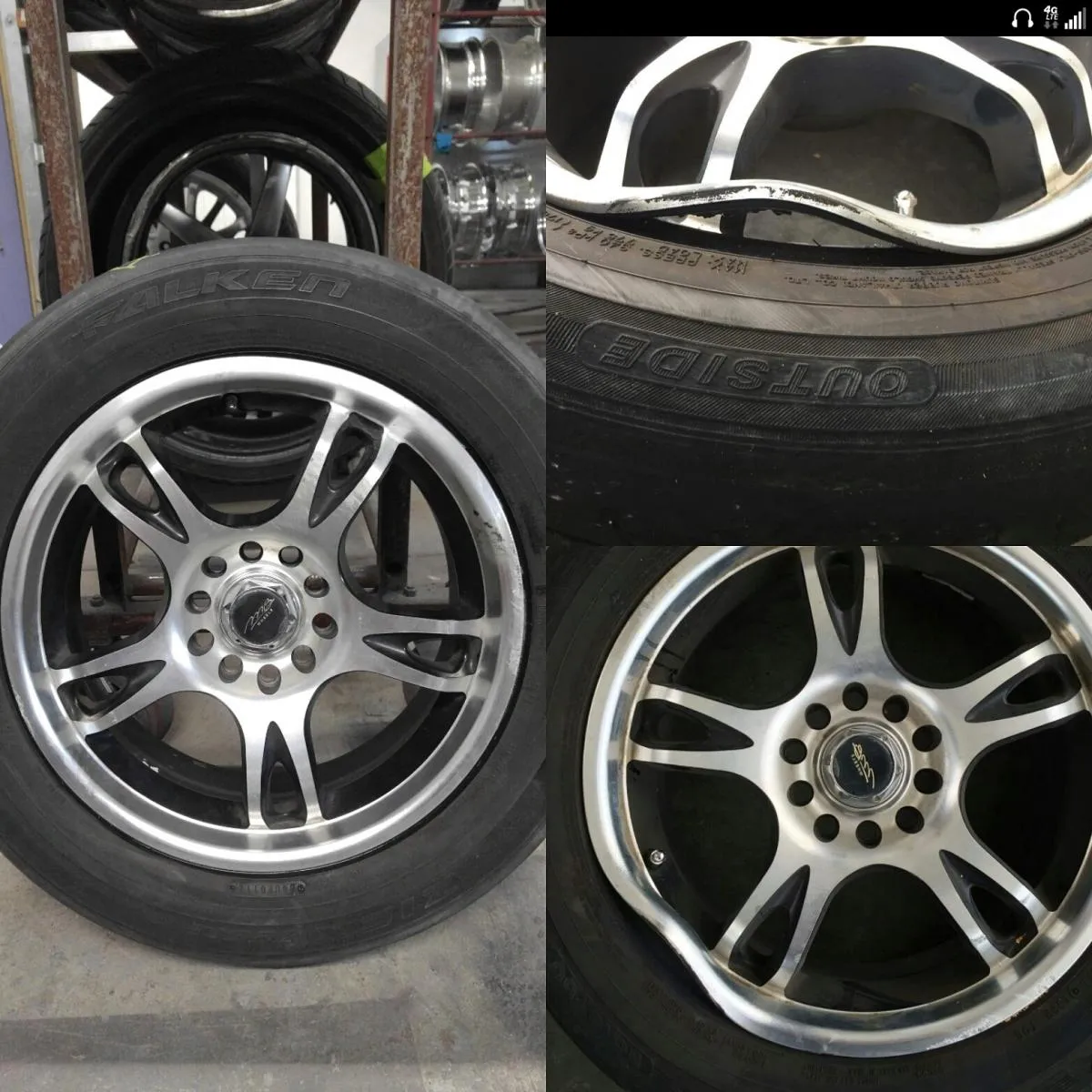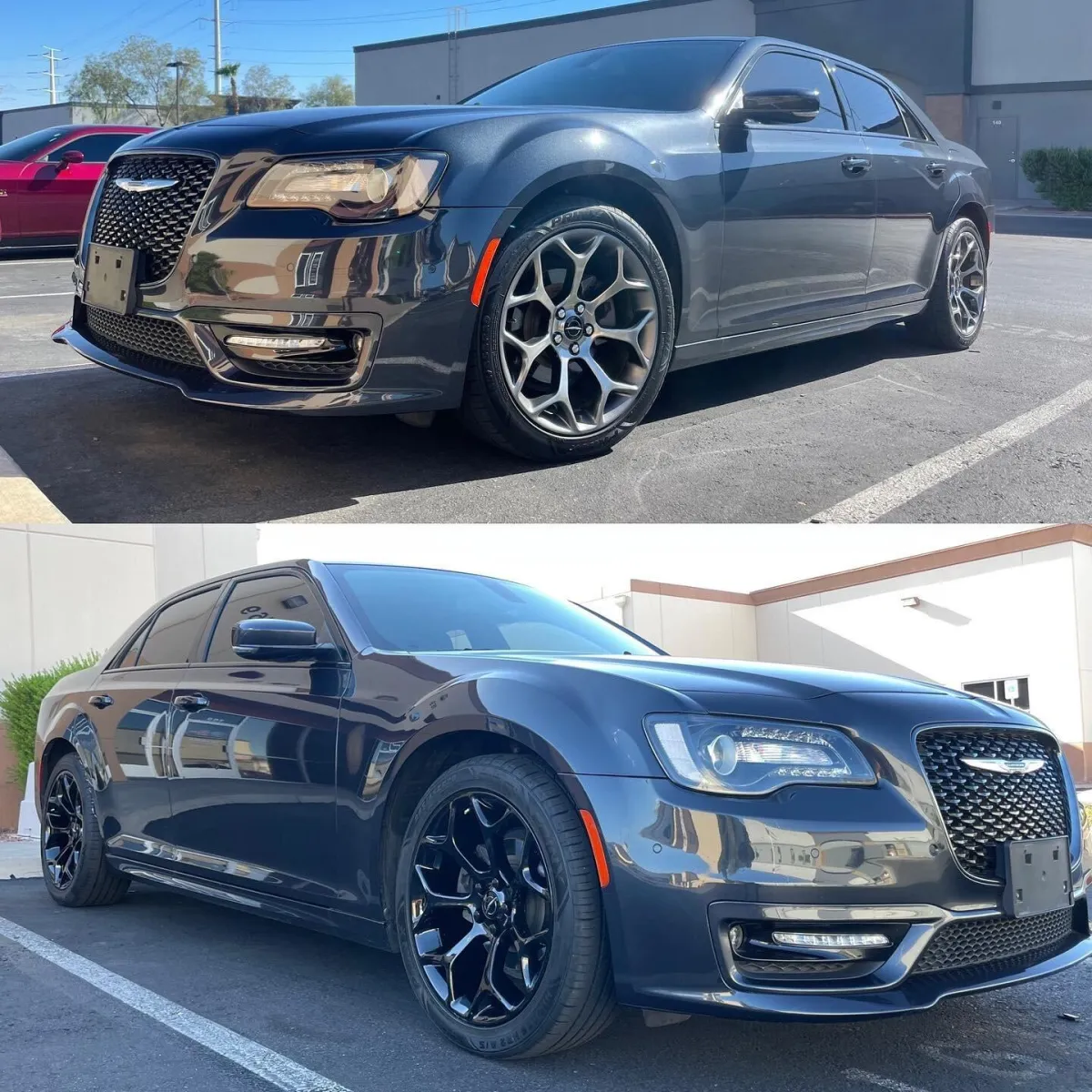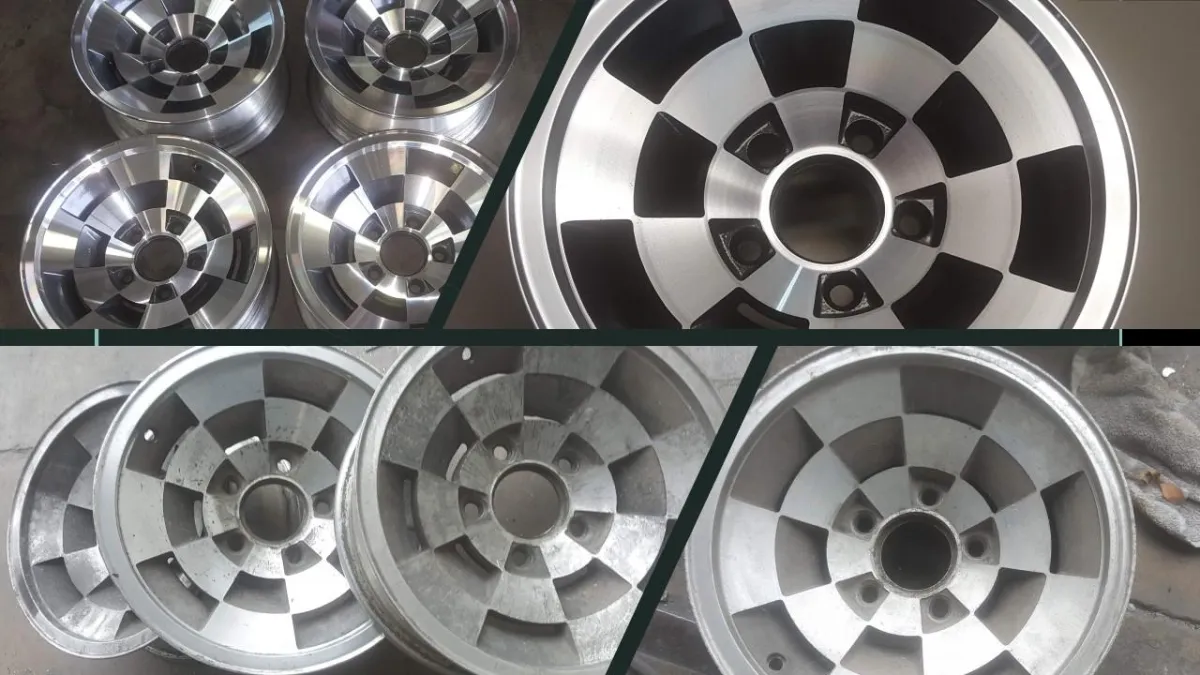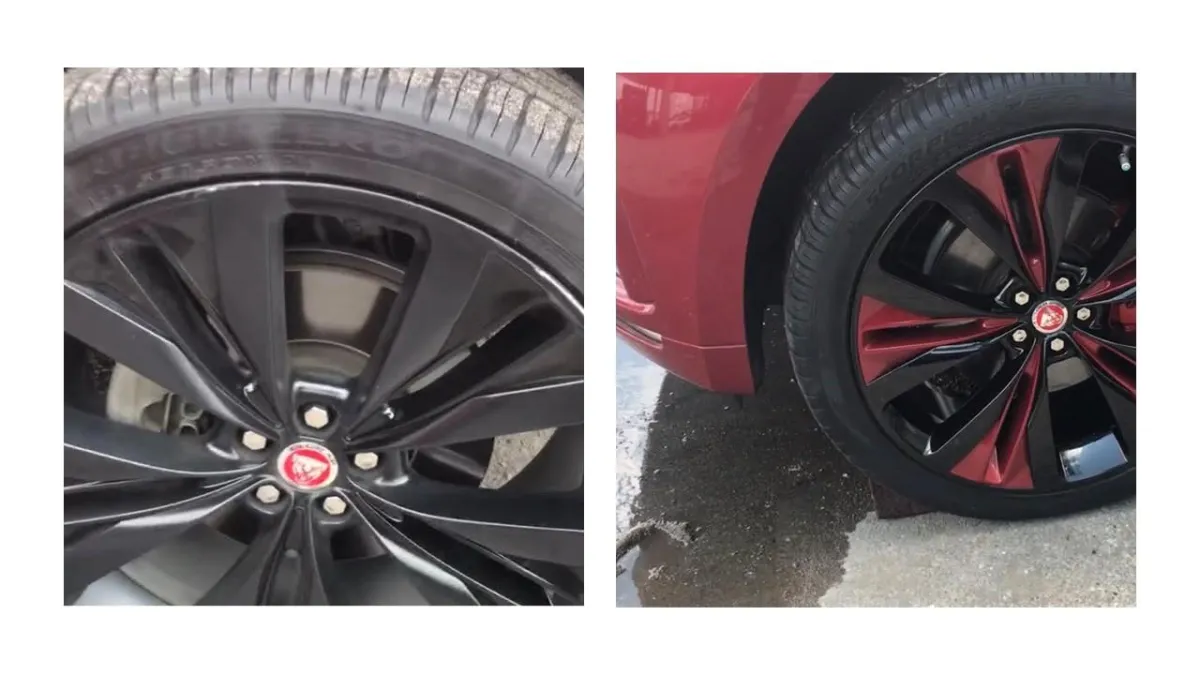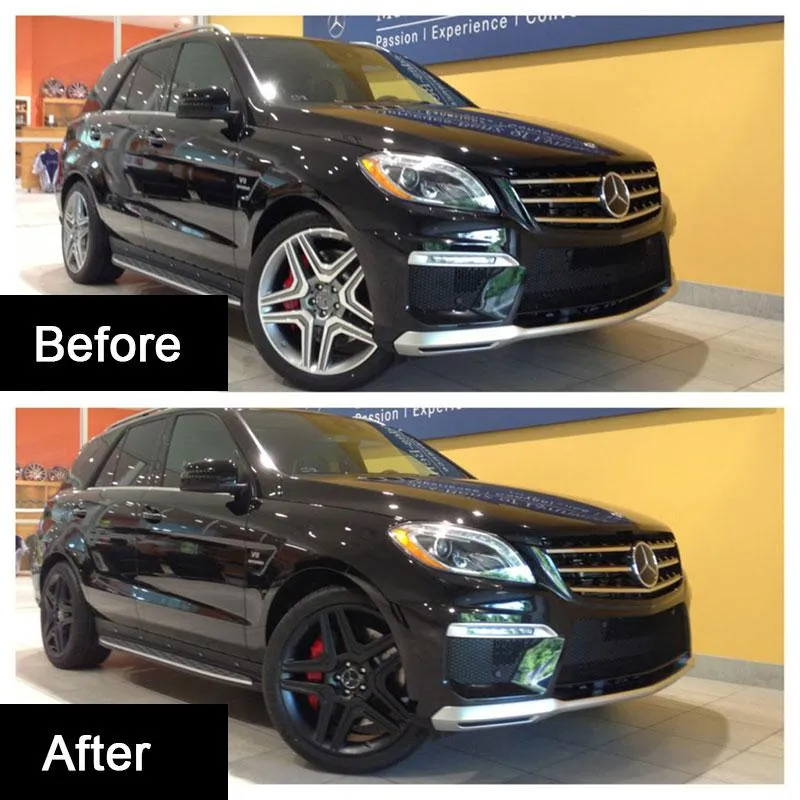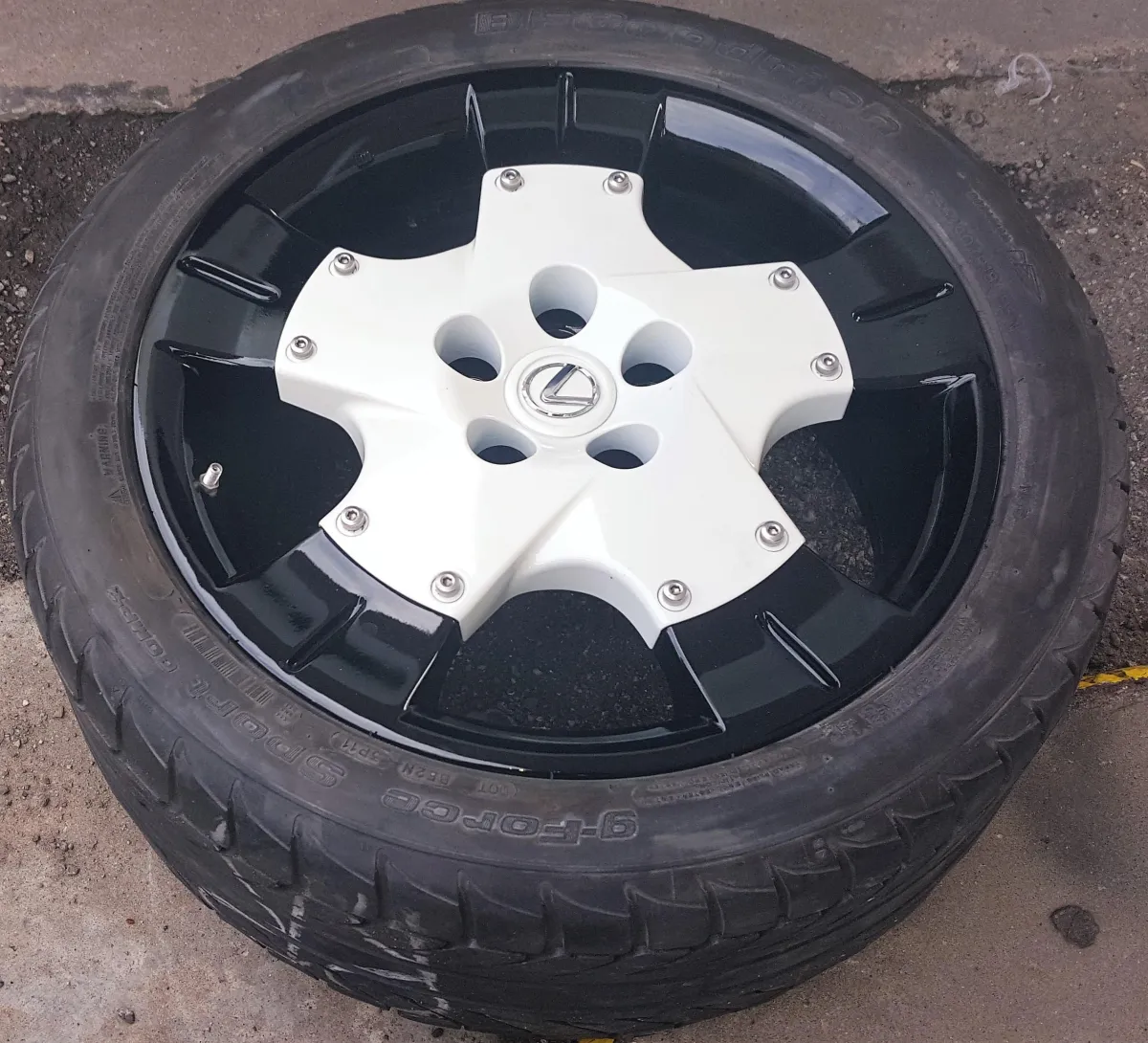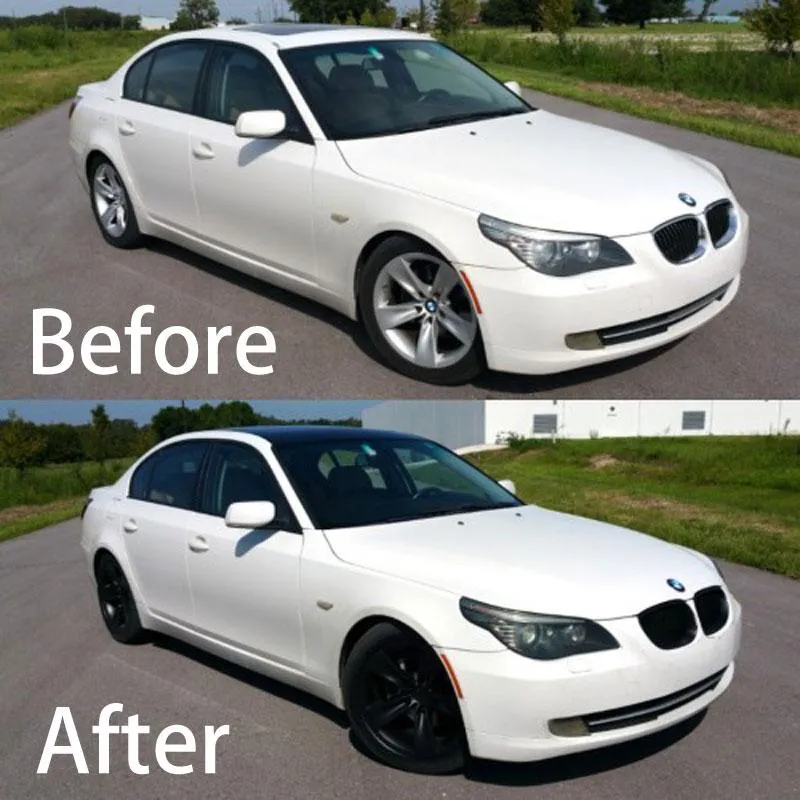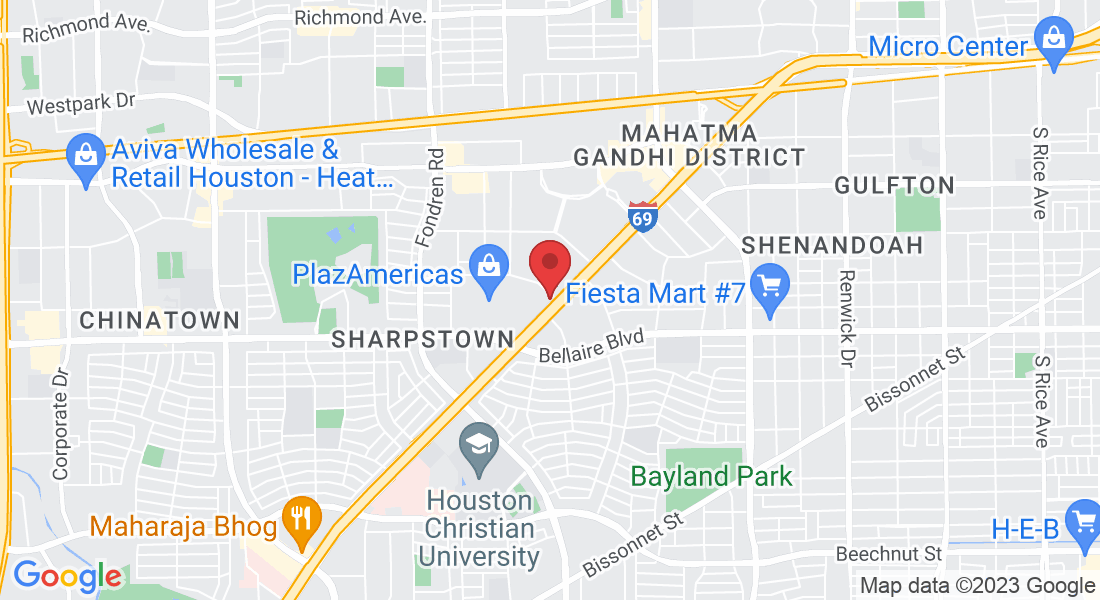
Cracked Wheel repair
Cracked wheel repair involves the process of rectifying a wheel that has developed cracks or fractures, resulting from impact or other factors. The presence of cracks in a wheel poses a significant safety concern, as it compromises the wheel's structural integrity, potentially leading to tire failure or even wheel failure while in operation.
The repair procedure for a cracked wheel varies depending on the severity and location of the crack. In instances where the cracks are minor, specialized alloy wheel repair techniques or welding may be employed. The cracked area is meticulously cleaned, and appropriate preparations are made for welding. Skilled technicians employ precise welding techniques to fill the crack, restoring the wheel's strength and integrity.
Cracked wheel repair refers to the process of fixing a wheel that has been damaged due to a crack or other forms of damage. A wheel can become cracked for a variety of reasons, such as impact damage from potholes or hitting a curb, overloading, or simply wear and tear over time.
The repair process usually involves assessing the extent of the damage and determining the appropriate repair method. In some cases, the crack may be welded shut or filled with a special compound, while in other cases, the damaged section of the wheel may need to be replaced entirely. The repair process typically requires specialized tools and expertise, and should only be performed by a trained and experienced professional.
It is important to get a cracked wheel repaired as soon as possible to prevent further damage and ensure the safety of the vehicle and its passengers. Driving on a cracked wheel can cause the crack to spread, leading to more severe damage or even a complete failure of the wheel while driving.
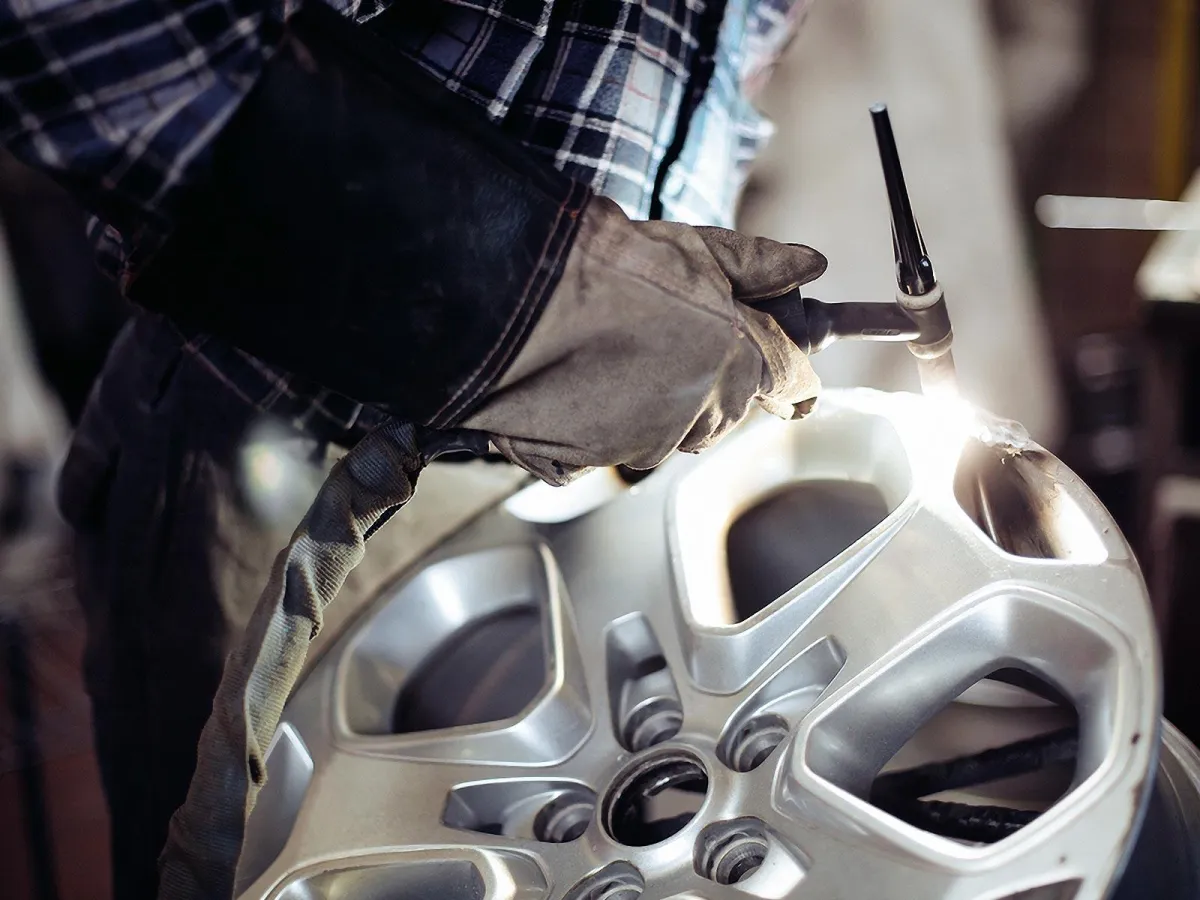
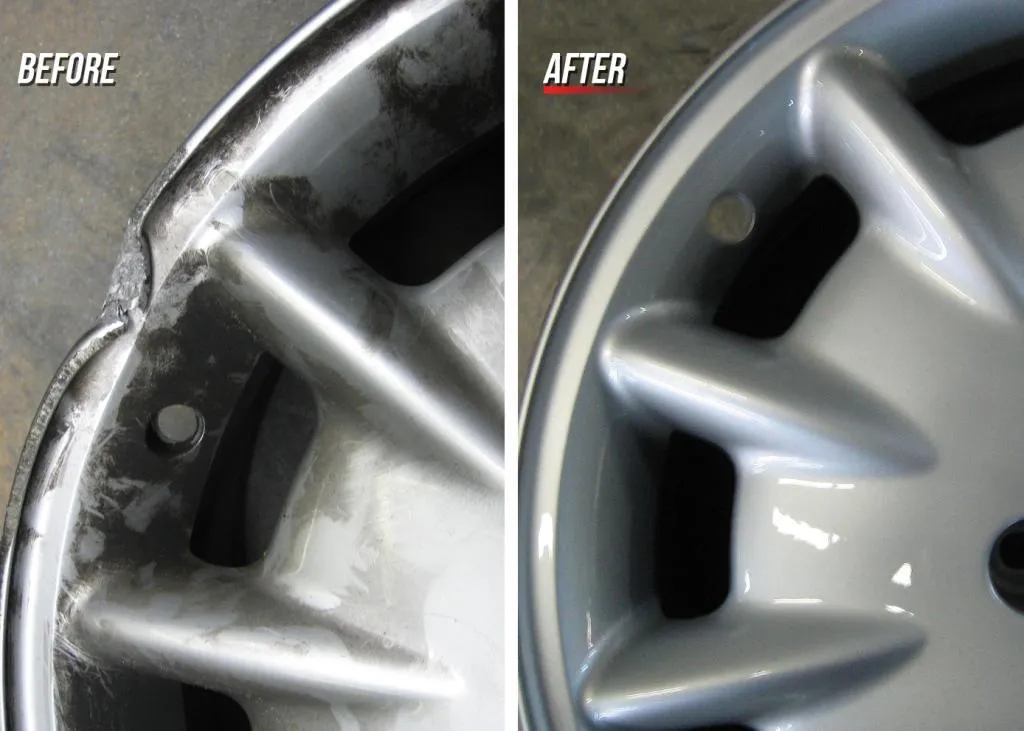
"Ensure Safety and Extend Wheel Lifespan: Swift Cracked Wheel Repair Services for Safe and Reliable Vehicle Performance"
Repairing a cracked wheel on a vehicle is crucial for safety reasons. To guide you through the process, here are the steps involved in repairing a cracked wheel"
Remove the wheel: Use a jack to lift the vehicle off the ground, and with a lug wrench, remove the lug nuts securing the damaged wheel.
Inspect the damage: After removing the wheel, carefully examine the crack to assess its size and severity. Small cracks may be repairable, while larger cracks or those extending to the wheel's lip might require wheel replacement.
Clean the area: Thoroughly clean the cracked area using a wire brush or sandpaper. This step ensures a clean surface for the repair process.
Apply epoxy resin: Use epoxy resin to fill the crack. The resin will fill the gap and harden, creating a strong bond that holds the wheel together.
Smooth the surface: Once the epoxy resin has fully hardened, utilize sandpaper to smooth out the repaired area. This step ensures that the surface is even and blends seamlessly with the rest of the wheel.
Paint the repaired area: To achieve a uniform appearance, you may choose to paint the repaired area to match the rest of the wheel. This step helps to conceal the repair and make it less noticeable.
Reinstall the wheel: With the repair completed, reinstall the wheel onto the vehicle. Ensure that the lug nuts are tightened to the manufacturer's specified torque using a torque wrench.
Test the repaired wheel: Before driving the vehicle, conduct a thorough test to verify the stability of the repaired wheel. Ensure there is no wobbling or instability. If any issues persist, consider replacing the wheel instead.
In summary, repairing a cracked wheel involves removing the wheel, inspecting the damage, cleaning the area, applying epoxy resin, smoothing the surface, painting if desired, reinstalling the wheel, and conducting a final test. In cases of severe damage, consulting a professional mechanic is advisable to ensure the repair is performed safely and effectively.
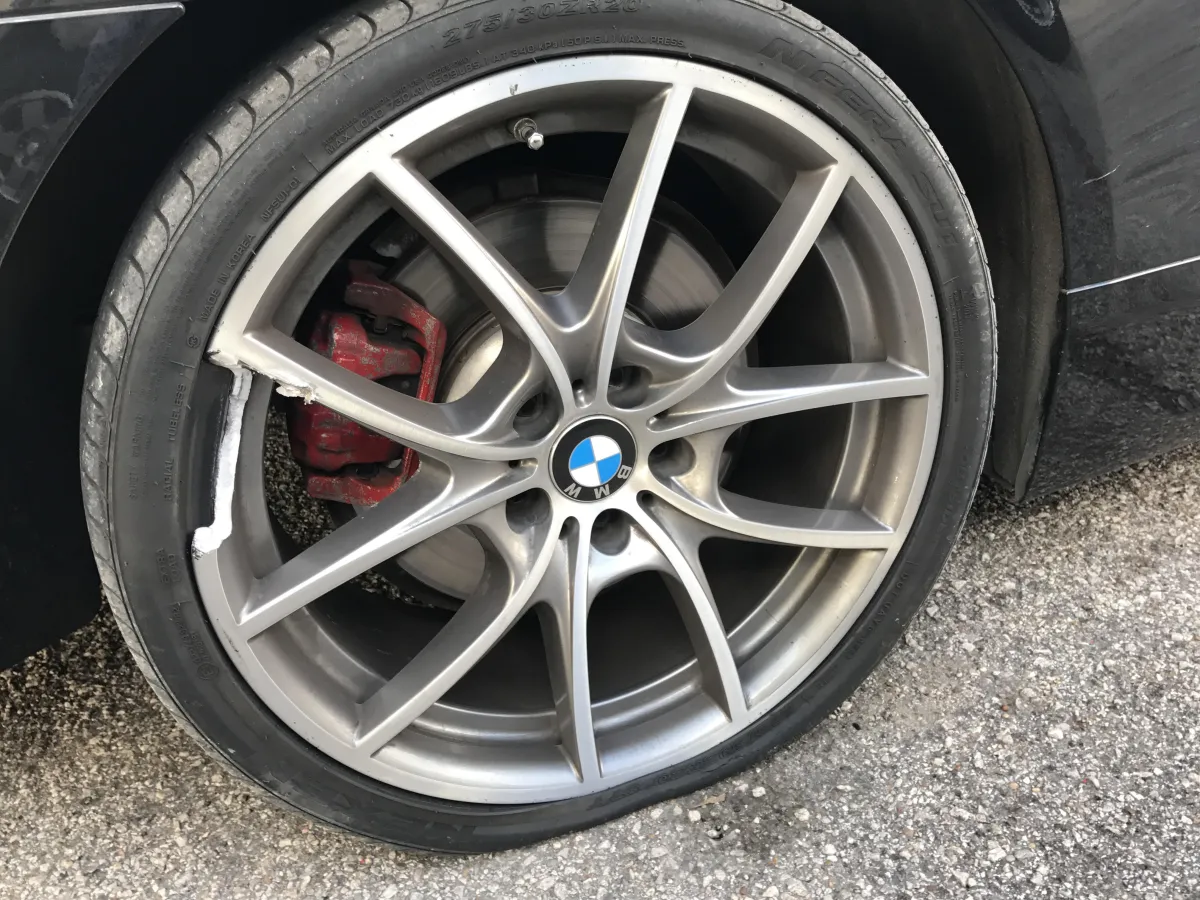
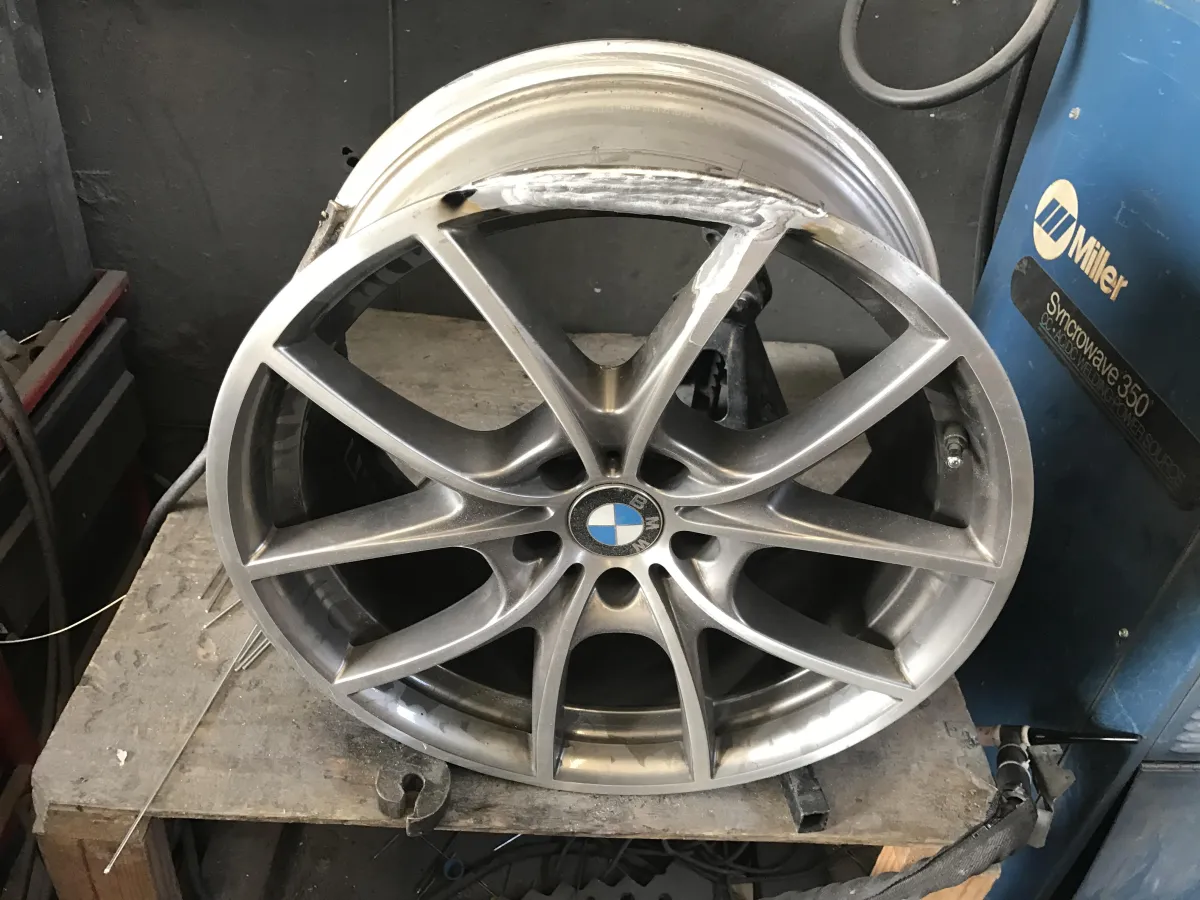
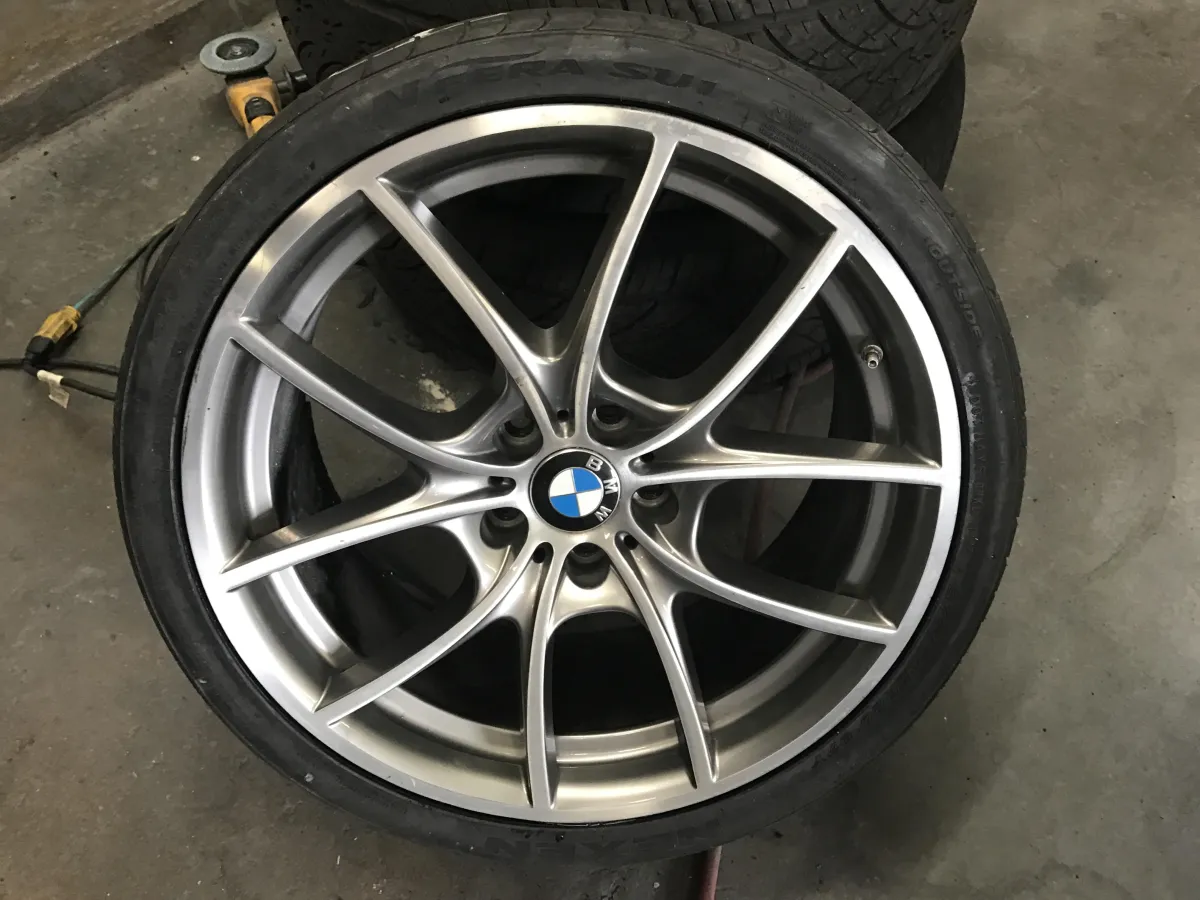
There are various factors that can lead to the cracking of automobile wheels. Common causes include impact damage from encounters with potholes or curbs, exceeding the recommended weight limit of the vehicle, and driving on rough or uneven terrain. Additionally, wheels can develop cracks over time due to regular wear and tear, especially if they are not adequately maintained or exposed to harsh environmental conditions.
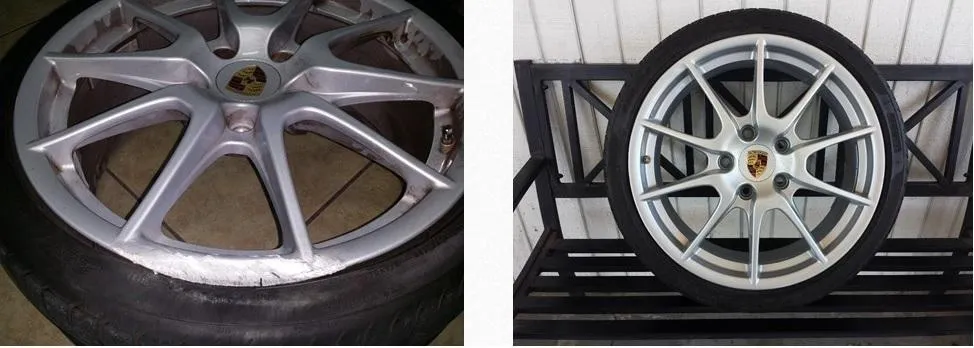
When a wheel becomes cracked, it poses risks to the safety and performance of the vehicle. Therefore, it is crucial to address the issue promptly to prevent further damage or potential failure. The process of repairing a cracked wheel typically involves several steps. Firstly, the extent of the damage is assessed to determine the appropriate course of action. Next, the damaged area is prepared for repair, which may involve grinding or cleaning to create a suitable surface. Finally, a specialized welding technique, such as alloy TIG welding, is employed to fill the crack and reinforce the weakened section of the wheel.

